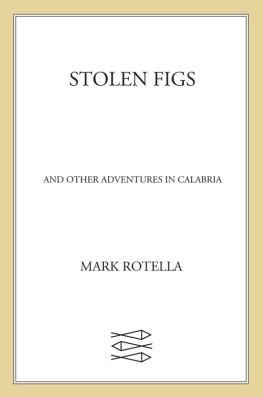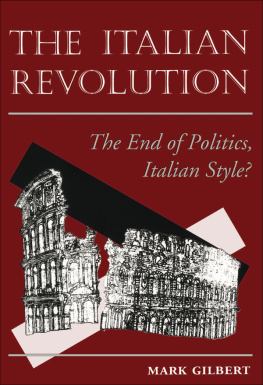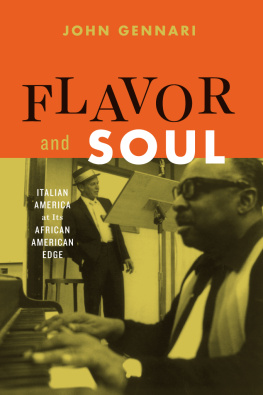The Verse
You stand in front of an unassuming eleven-story yellow-brick building on the corner of Flatbush and DeKalb avenues in downtown Brooklyn. A green iron and glass awning fans over what must once have been a grand entrance. Many of the doorways have now been filled in by brick, and people file in through a revolving door set off to one side. Once the Brooklyn Paramount Theatrean entertainment mecca for three decadesthe building now houses the Brooklyn campus of Long Island University. Where once there were brightly lit marquees advertising the theaters namealong with the days showsred, blue, and yellow university banners now flap in the wind.
You follow the flow of students entering the building. To the left is a security desk; to the right is a coffee stand that doubles as a university souvenir store. You look down to notice that you have been walking on marble floors, then see that you are surrounded by veined red-marble walls.
You then realize that what at first appeared to be a large office building just at the mouth of the Manhattan Bridge was indeed one of the grand old theaters of Brooklyn. The reception room, also with its marble floors and mirrored walls, now serves as a student cafeteria. The glorious balustraded staircase winds up to a balcony with wrought-iron railings.
You follow the curve to a point where the floor slopes downward, which would have been one of the entrances to the orchestra seats. You push your way through two heavy metal doors with Gym stenciled in black paint. The hollow sound of basketballs bouncing echoes throughout. You walk beyond the bleachers to see the ornate gilded stage. On each side of the rococo proscenium are statues of women supporting a fountain. Below them, basketball hoops and banners hang almost lifelessly.
The athletes of Long Island University practice jump shots, oblivious to the gold detail above them. Sheetrock has filled the gaps between the columnsonce box seats, now offices for various student organizations. A couple of floors below lies the Wurlitzer organ; on game days, its elevated to the stage floor. Built in 1928, it is second in size, of those actively used, only to the Wurlitzer at Radio City Music Hall.
An intricate latticework of gilded wood frames the ceiling, upon which stars and blue clouds are painted. At one time, a Wilfred color organ player, accompanying the music of the Wurlitzer, put on a light show on the ceiling. Each key corresponded to a different light sequence.
This area of downtown was once the theater district of Brooklyn. Across the street were the Strand and Majestic theaters. Each one was built around the time of the Depression. And each was an escape.
But these theaters have now been converted to office buildings, and their stages have been torn down. The singers who performed there have long since died. One singer in particularthe Italian American Russ Columbo, who sang to audiences at the darkest moments of the Depressionis all but forgotten.
The Brooklyn Paramount would continue to be the stage for young acts up through the 1950s, when the disc jockey Alan Freed, who coined the term rock and roll, promoted his shows. Nowadays, youd have to ask around quite a bit to find anyone whos heard of Russ Columbo or even Alan Freed. Like Columbo and Freed, the Brooklyn Paramount has gotten lost within the constant flux of newcomers and development. After all, Brooklyn is a part of New York, a city of opportunity and disappointment, evolution and disintegration, celebration and heartbreak.
For my wife and me, Brooklyn was also a place of transformation. From the late nineteenth century to the present, thousands of immigrants poured into Brooklyn from Ireland, Italy, Eastern Europe, and, more recently, China, Russia, and the Caribbean. In the 1990s, Martha and I joined the exodus to Brooklyn from Manhattan in search of cheaper, more spacious housing. It was in the Botanic Garden there that I proposed to her; it was in a ground-floor garden apartment in Park Slope that we first lived together as a married couple. We lived within a mile of that Brooklyn Paramount Theatre, unknowingly passing it with every late-night cab ride over the bridge.
And it was while we were living in Brooklyn, in 1998, just two years after we were married, that Martha was diagnosed with breast cancer at the age of thirty-two. The next two years were harrowing for us both, but thats another story. The cancer was in an early stage and Martha survived it, but I came to know her mortality, and my own.
That emotionally wrought time is when I first became fascinated with the singers from an earlier era. A year before our lives took that sharp dip, we had seen Big Night , an independent film about first-generation Italians as they settle in New Jersey. Two brothers decide to open a restaurantone brother is social and outgoing, the other an introspective artist, the chef. The opening of their restaurant is to be highlighted by the appearance of Louis Prima, who has accepted their invitation to the opening-night dinner. The brothers invite all of their friends, spend all of their money, and prepare whateven to a large Italian familyis to be a huge feast. They drink and eat as the records of Prima, his wife, Keely Smith, and Rosemary Clooney play throughout. By the early-morning hours it becomes apparent that Prima is not going to show up, casting doubt on the success of their venture. But the brothers and their friends have celebrated anywaydigging into courses of antipasti, grilled fish, roasted pig, and the finale, the timpano , a pastry drum of pasta, meatballs, salami, and mozzarella and Parmesan cheeses.
Those songs were familiar to me, but I had not heard them in a long time.
I bought the soundtrack on a CD. Complementing those upbeat favorites were more somber, ruminative songs performed by a 1950s Italian pop singer from Rome, Claudio Villa, and by Matteo Salvatore, a folk guitarist and singer from Apulia, the arid, flat heel of Italys boot jutting into the Adriatic across from Albania and Greece.
When Marthas cancer diagnosis came, I reached for these songs. On one track, Louis Prima sang a jazzy Oh, Marie, which was followed by Rosemary Clooneys whimsical Mambo Italiano. In her smooth, clear voice, Keely Smith sang Dont Take Your Love from Me. Matteo Salvatore strummed a tarantella on his guitar as he sang Il Pescivendolo (The Fishmonger). Then Claudio Villa sang, in a romantically cheerful tempo with sweet violins, about driving through the countryside in La Strada del Bosco.
For many nights, while Martha recovered from surgery and later after her chemotherapy treatments, we were together in the house, seemingly exiled from the outside world. I created an Italian atmosphere while I cooked dinner and listened to these songs.
A few years earlier, Martha and I had traveled to Calabria, the toe of the boot, and spent a week with cousins in the village where my fathers parents were born. I had already embarked on an exploration of my Italian American identity. This music carried me deeper.
About this time, while flipping through the Italian bin at a record store, I came across a CD whose cover was meant to look like a box of Ronzoni pasta. The songs were all of an erathe early 1950s through the early 1960s. Dean Martin crooned Thats Amore Connie Francis made everyone weep to Mama Jerry Vale belted Mala femmina Lou Monte sang his gimmick song Pepino the Italian Mouse and for the first time I listened to two versions of Volare, one by an Italian singer named Domenico Modugno, the other by Dean Martin. Were these songs a big part of my childhood? Not as much as, say, any number of pop songsbut I recalled them, and realized that they were as much a part of me as my last name.









